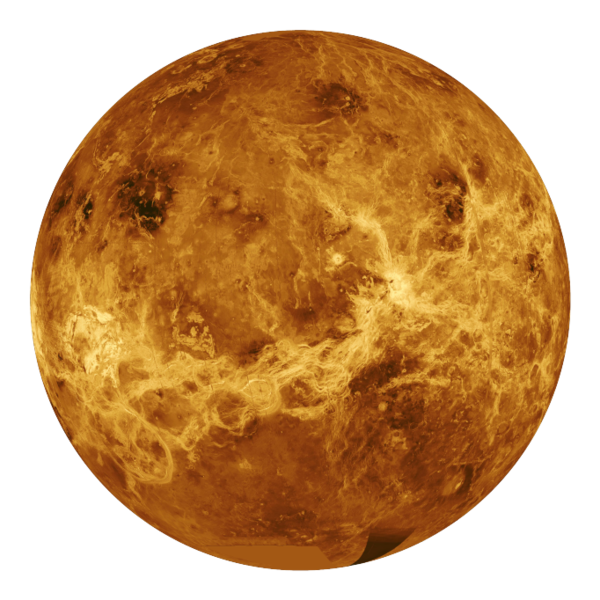CAELESTIS
The First Private Research Mission To Planet Venus
CAELESTIS
The First Private Research Mission To Planet Venus
Earth’s Twin Sister
As Seen In:


HOW WE ARE GOING TO GET THERE

Let the Journey Begin
Space Launch Systems
The AI powered Vulcan hive will be carried into the Venusian atmosphere on a commercial rocket. This Space Launch System was designed to be powerful, but also flexible and efficient as it seeks to launch the first private research mission to Venus.
Exploration Systems
Designed to be a multi-mission capable space vehicle, the Vulcan probe was built to support deep space exploration, even in harsh conditions. The hive will enter the upper atmosphere and study the environment at an altitude of 50 to 70 kilometers.
Landing Systems
The probes will carry scientific instrumentation to survey and measure the composition of Venus’ atmosphere, collect samples, and capture high-resolution photographs. They will conduct balloon-assisted hover operations until they descend and make make surface landing.
Sustainable Exploration
We believe that sustainable interplanetary exploration has the power to fill in humanity’s knowledge gaps about our universe – ultimately improving life here on Earth.
Sustainable Exploration
We believe that sustainable interplanetary exploration has the power to fill in humanity’s knowledge gaps about our universe – ultimately improving life here on Earth.
Mission Profile
Step 1
Earth launch & escape
Step 2
Venus arrival & probe release
Step 3
Atmospheric entry & descent
Step 4
Balloon deployment & hover operations
Step 5
Surface landing + data collection
AI Powered Research
Robotic Vulcan probes will survey and measure the composition of Venus’ atmosphere, collect samples, and capture high-resolution photographs while hovering at roughly 55 km above the planet’s surface.
AI Powered Research
Robotic Vulcan probes will survey and measure the composition of Venus’ atmosphere, collect samples, and capture high-resolution photographs while hovering at roughly 55 km above the planet’s surface.
Fun Facts About Venus
The planet is often called "Earth’s twin" because they’re similar in size and structure.

4.503 billion years
Venus is the closest planet to Earth, but its proximity to our planet depends on the orbits of both. At its farthest, Venus lies 162 million miles (261 million kilometers) from Earth, but it can reach as close as 24 million miles (38 million km).
Venus rotates very slowly on its axis – so one day on Venus lasts 243 Earth days, or roughly 5,832 hours.
Venus orbits the Sun faster than Earth, so one year on Venus is roughly 225 Earth days, making a Venusian day longer than its year.
Carbon Dioxide, Nitrogen
Venus’ thick atmosphere traps heat creating a runaway greenhouse effect – making it the hottest planet in our solar system. Surface temperatures on the planet are about 900 degrees Fahrenheit (475 degrees Celsius) – which is hot enough to melt lead.
Venus is permanently shrouded in thick, toxic clouds of sulfuric acid that begin at an altitude of roughly 28 to 43 miles (45 to 70 kilometers). Some researchers theorize microbes may exist high in the clouds where the pressure is similar to Earth’s surface and the temperatures are much cooler. Phosphine, a possible indicator of microbial life, has also been observed in the clouds.
Venus by the numbers:
Avg Orbit Distance (km)
Mean Orbit Velocity (km/h)
Escape Velocity (km/h)
Deimos-One is at the frontier of scientific research and space exploration
We are developing solutions to help us better understand our universe and improve the human experience. Combining rigorous academic research with state-of-the-art space technology, we hope to make discoveries that will improve life on Earth and promote a cleaner, safer, sustainable world.
Exploration
We are focused on developing spaceflight technology that will reduce the cost of access to space and provide for more research opportunities in our solar system and beyond.
Sustainability
We are committed to building a future where access to space is affordable, frequent, and reliable for everyone – our next-generation family of American made space vehicles will power us into this reality.
Mission
Our mission is to build an interplanetary pathway that connects earth to the universe around it. Our space vehicles are built to support a better future and promote a cleaner, safer, sustainable World.
